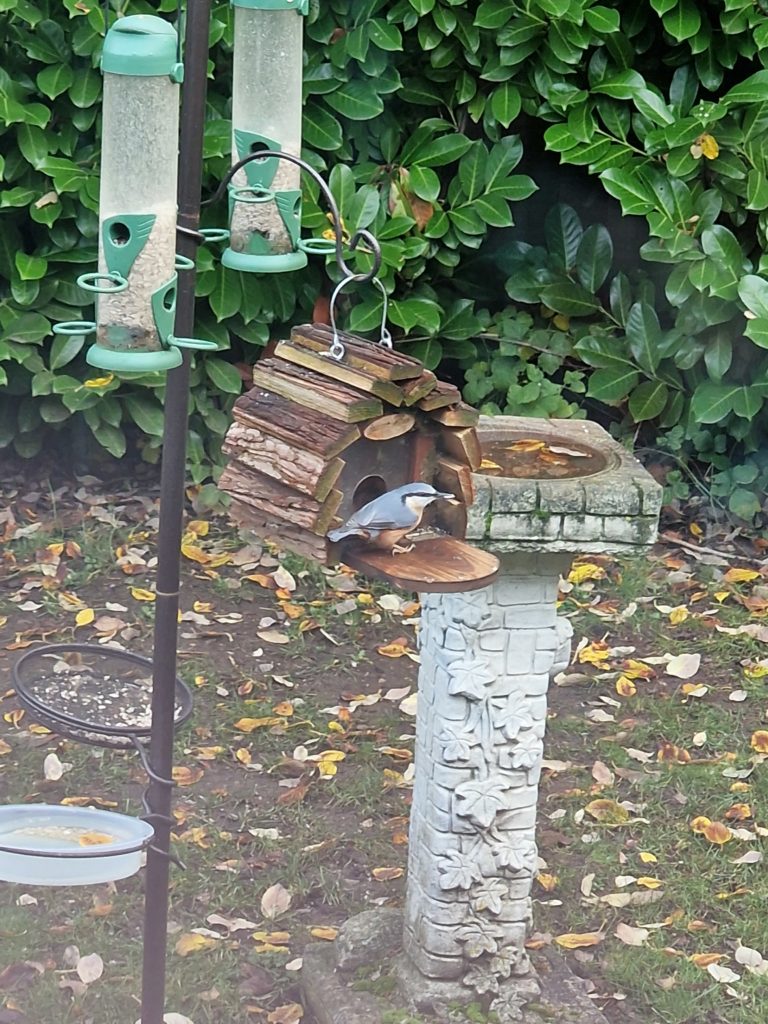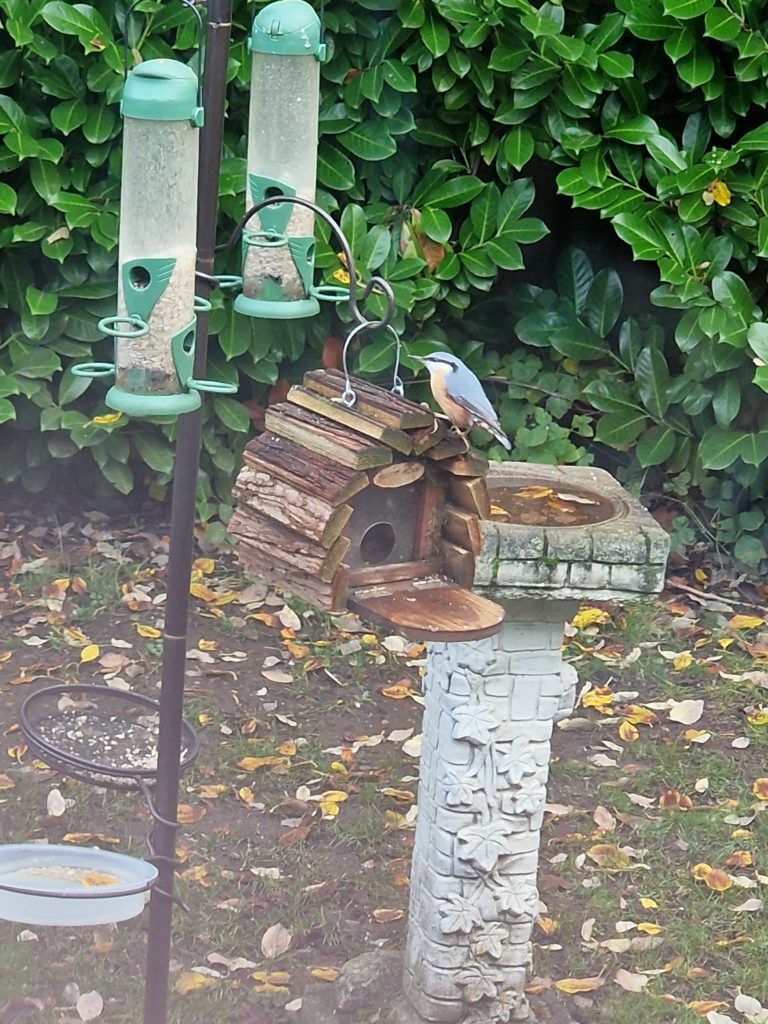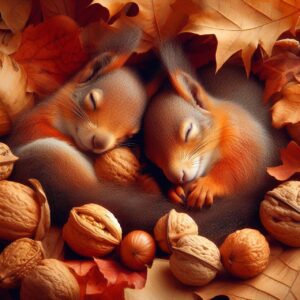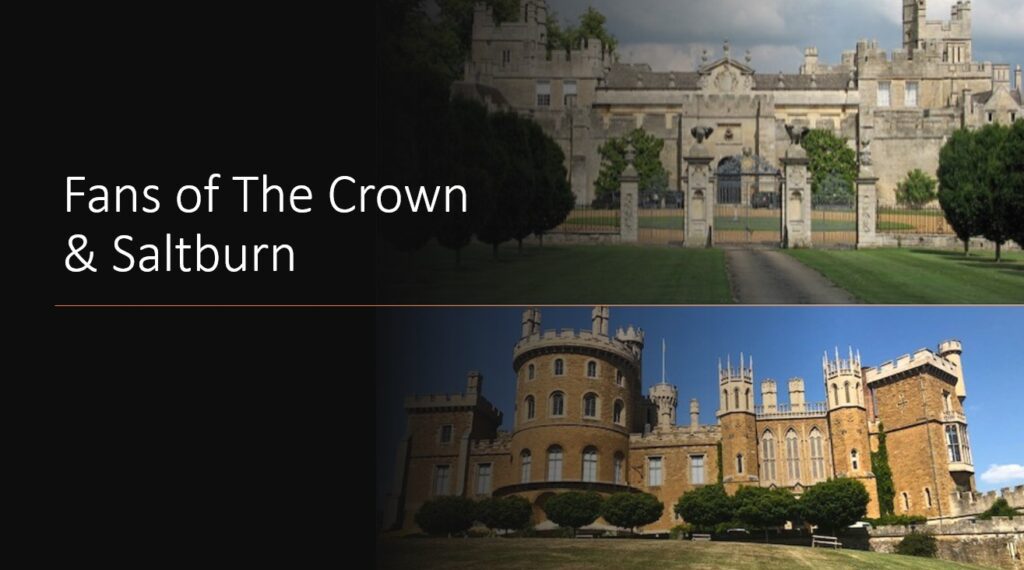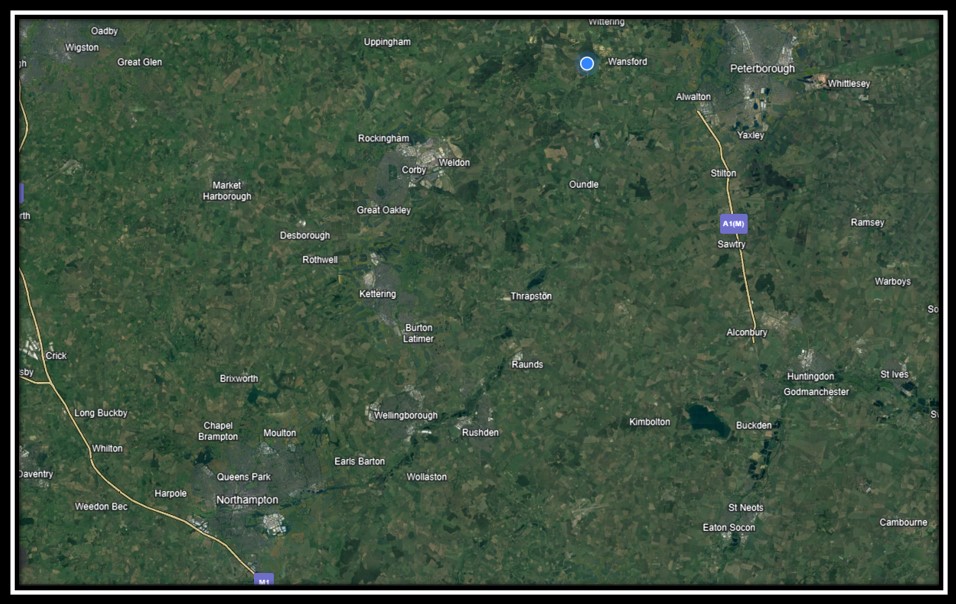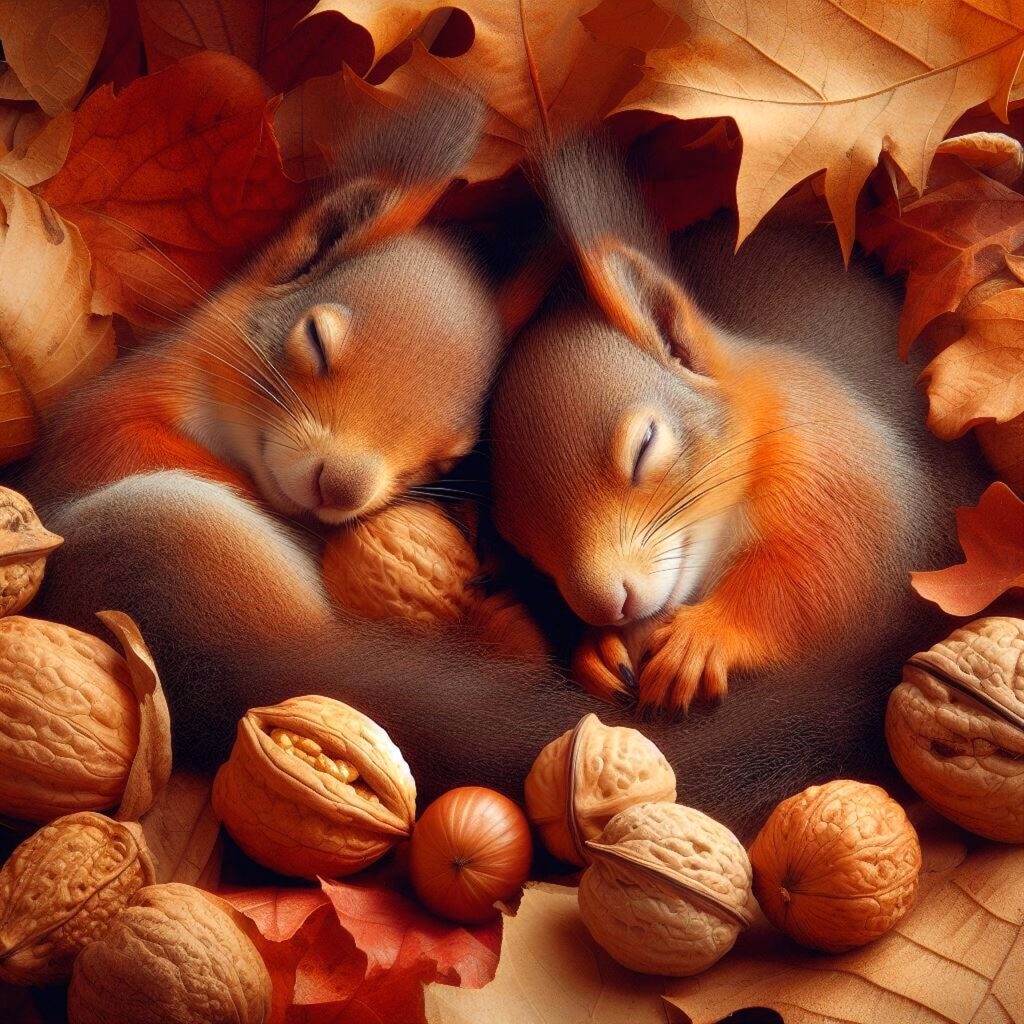The Nuthatch gets its name from a middle English term “Nuthak,” this means nut hacker. This is a very fitting name for them as they use their long, prominent bills to retrieve nuts and seeds they have stashed away in tree crevices, they are also a great for cracking them open.
You’ll notice a Nuthatch by its distinctive features; they have a plump body, grey/blue wings, and an orange belly, along with its long, strong beak and the stripe around their eyes. There isn’t much difference in the appearance of males and females, the only exception being the underbelly of a female will be a lighter peach shade and a more brownish tone around the eyes.
You will see them scuttling up and down tree trunks headfirst, they are very agile and with their powerful claws, they are able to move in any direction and hang upside down from branches, this is a talent that only Nuthatches seem likely to possess.
They are typically located in England, Wales, and Scotland (there has never been a sighting in Ireland). Once they establish a place to nest, they are unlikely to move far away. They tend to nest inside of tree cavities and sometimes they will plaster mud all over the entrances of these nesting holes to makes them less accessible to predators and competitors. Nuthatches are territorial and often show aggression to birds of the same species and ones that are similar.
It is very unlikely that you will see a Nuthatch in your garden, unless you live close to a wooded area, or your garden has large, mature trees like an Oak tree. Here at Rockingham Forest Park, they have become quite a regular neighbour. We are lucky to be surrounded by luscious, wooded areas where the Nuthatch can feel completely at home, with an endless supply of nuts, seeds and lots of insects to keep them well fed, it is a perfect place for them and their young.
Since the 1970’s they have increased in numbers, a whopping 250%.
Written by Kayleigh Marshall
